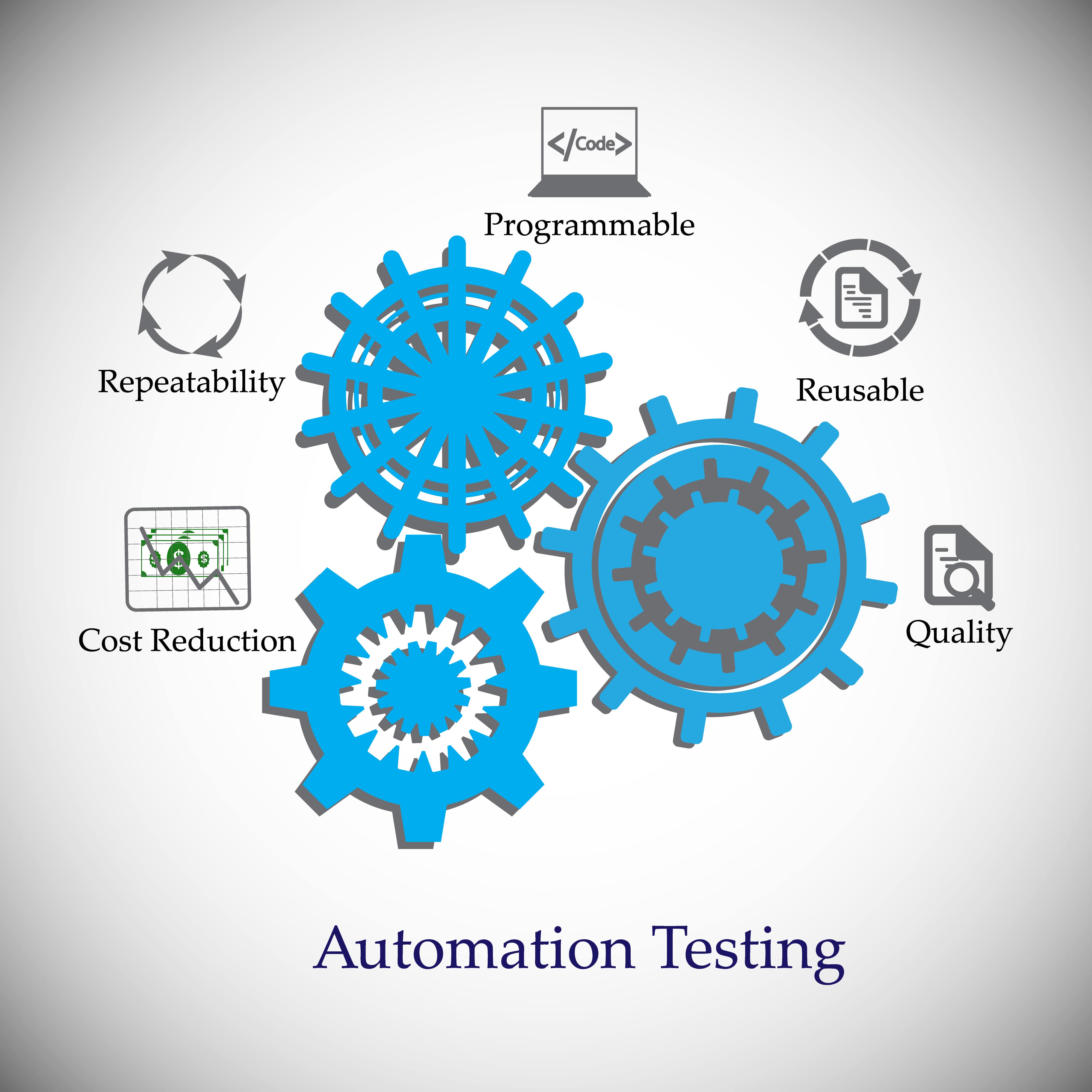From Manual to Automated Testing: A Comprehensive Guide to Transitioning Smoothly and Efficiently
In the world of software program screening, the shift from guidebook to automated procedures has come to be a progressively vital change for organizations looking for to improve efficiency and precision in their testing techniques. The journey from guidebook to automated testing is not without its obstacles, however when approached tactically and with a clear plan in mind, the advantages can be substantial.
Advantages of Automated Testing
Automated screening offers many advantages, improving performance and accuracy in software program advancement processes. One key benefit is the considerable decrease in testing time. Automated examinations can be run concurrently on numerous devices and running systems, dramatically accelerating the screening stage compared to hands-on screening. This increased effectiveness permits faster responses on the high quality of the software program, allowing developers to determine and attend to issues quickly.
Additionally, automated testing guarantees a higher degree of accuracy in discovering issues. Uniformity in screening is additionally enhanced, as automated examinations carry out the exact same actions exactly each time they are run.
Selecting the Right Devices

First of all, examine your purposes and needs. Recognize the extent of your task, the modern technologies entailed, and the capability of your team. This analysis will certainly aid you determine the attributes and capacities you need in your testing tools.
Second of all, take into consideration the compatibility of the devices with your existing systems and processes. Smooth combination with your current software development lifecycle is necessary to guarantee a smooth transition to automation.
In addition, examine the scalability and flexibility of the devices. As your testing requires progress, the tools should have the ability to adapt and accommodate adjustments successfully.
Lastly, factor in the assistance and area around the tools. When implementing automated screening, durable support and an energetic user area can provide beneficial resources and aid. By very carefully considering these facets, you can select the right tools that align with your demands and established the stage for an effective transition to automated screening.
Creating Effective Examination Manuscripts

When crafting examination scripts, it is necessary to take into consideration the particular needs of the software application being tested and make certain that the manuscripts address all essential performances. Clear and descriptive calling conventions for test manuscripts and examination situations can boost readability and maintainability. Furthermore, including mistake handling mechanisms within the examination manuscripts can help in recognizing and addressing problems promptly.
Moreover, arranging test scripts right into modular components can enhance reusability and scalability, decreasing redundancy and boosting efficiency in test manuscript upkeep. Regular evaluations and updates to examine scripts are vital to keep pace with progressing software program requirements and performances. By adhering to these principles, look at here testers can produce durable and reliable test scripts that add dramatically to the success of automated testing processes.
Integrating Automation Into Workflows
By seamlessly incorporating automated testing devices like Selenium or Appium right into the software growth lifecycle, teams can attain faster comments on code changes, leading to quicker bug discovery and resolution. This combination permits for constant screening throughout the advancement procedure, making sure that any problems are identified early on, resulting in higher software program high quality. Correct combination of automation devices requires partnership in between advancement, screening, and operations groups to develop a unified workflow that maximizes efficiency and Your Domain Name efficiency in supplying top quality software program products.
Guaranteeing a Smooth Change
Successfully transitioning to automated testing entails meticulous planning and cautious implementation to minimize interruptions and optimize performance in the software advancement process - automation testing. To make sure a smooth change, it is important to start by carrying out a thorough assessment of the present testing procedures and determining locations where automation can bring one of the most substantial advantages. Involving with all stakeholders beforehand while doing so, including developers, testers, and project managers, is essential for gathering support and buy-in for the automation effort
Communication is essential during this shift phase. Clear communication of the goals, benefits, and assumptions of automated screening aids to take care of any kind of resistance or problems that might emerge. In addition, supplying appropriate training and sources for staff member to upskill in automation tools and strategies is essential for making certain an effective shift.

Conclusion
Finally, transitioning from handbook to automated screening uses countless benefits, including enhanced effectiveness and dependability. By choosing the proper devices, creating reliable examination manuscripts, and integrating automation seamlessly into workflows, organizations can guarantee a successful and smooth shift. It is necessary to accept automation as a useful property in software application screening procedures to enhance general high quality and productivity.
In the realm of software testing, the change from handbook to automated processes has become an increasingly vital transition for companies looking for to improve effectiveness and accuracy in their testing techniques. Automated examinations can be run all at once on several gadgets and operating systems, significantly speeding up the screening stage compared to manual screening. Uniformity in testing is also enhanced, as automated tests execute the very same actions precisely each time they are run.To ensure the effective application of selected screening tools, the production of efficient test manuscripts plays an important function in validating the capability and performance of automated procedures - automation testing. By complying with these you can try these out principles, testers can develop robust and effective examination scripts that add considerably to the success of automated screening processes
Comments on “Understanding Automation Testing: Tools, Methods, and Advantages”